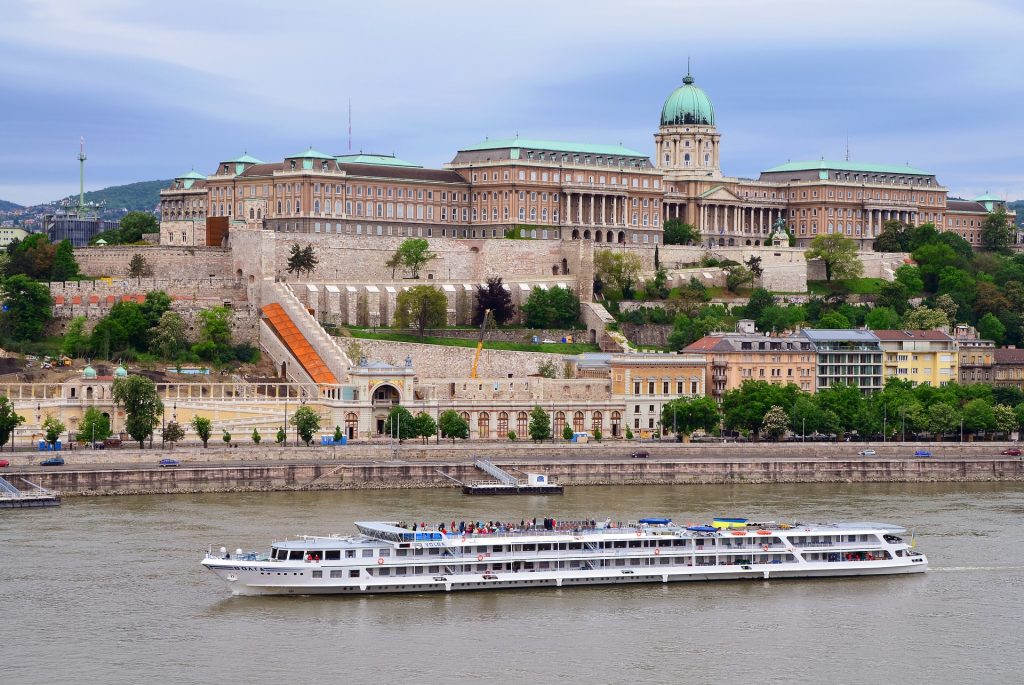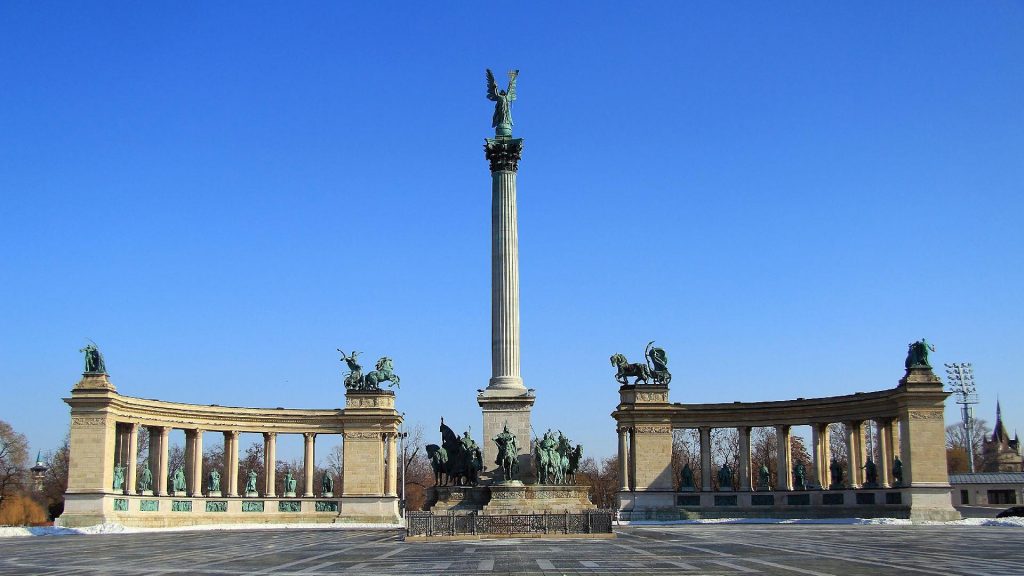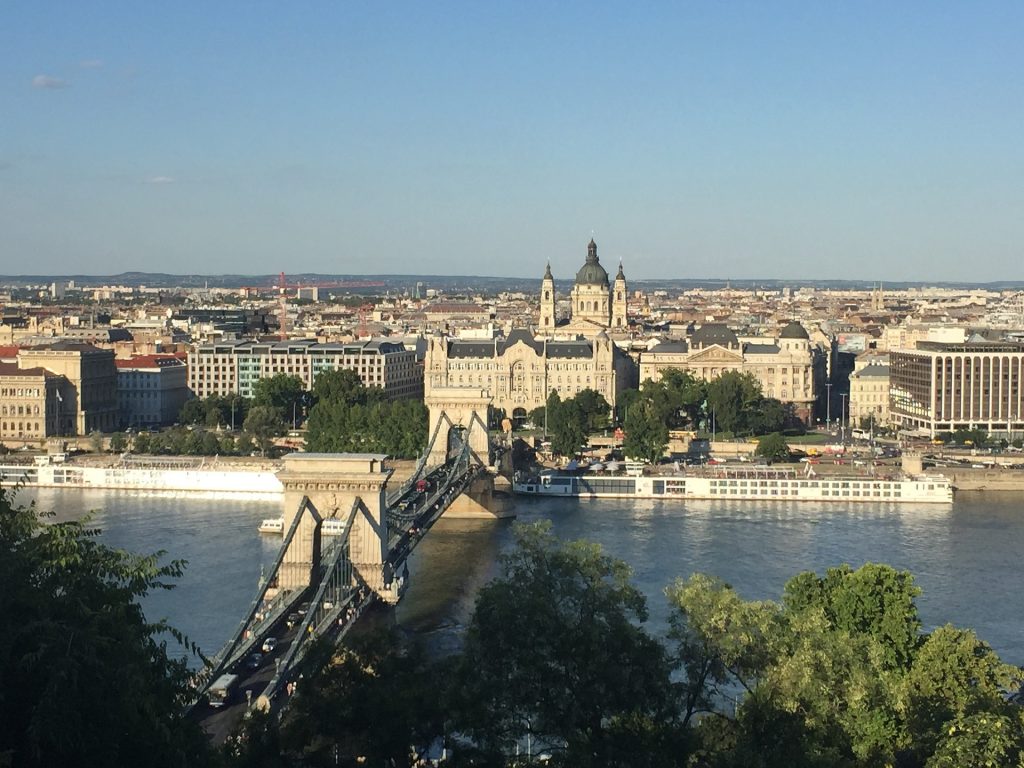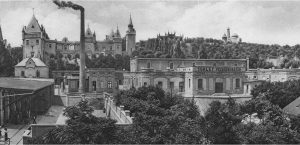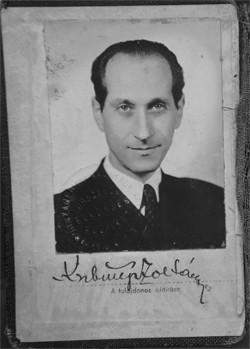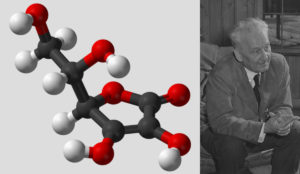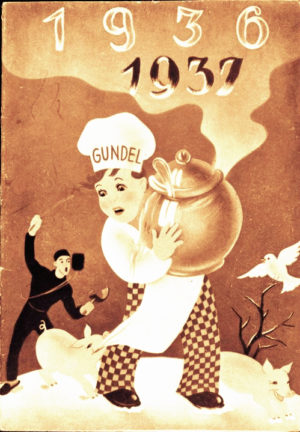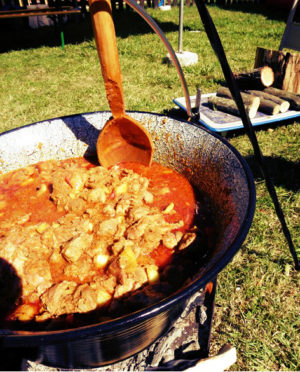Budapest, including the banks of the Danube, the Buda castle quarter and Andrássy avenue
In 1987, the Danube bank and the Buda Castle District became World Heritage Site and in 2002, Andrássy Avenue and its historical surroundings joined the list.
What does it mean to be a World Heritage Site?
The World Heritage Program was launched by UNESCO in 1972, and the main goal is to collect the cultural and natural heritage sites of mankind. This register is called the World Heritage List. States and countries participating in the World Heritage Program must protect and preserve World Heritage sites on their territory for future generations. For Hungarians it is a great pride to have three areas of the capitol on this highly prestigious list.
World heritage sites of Budapest
The jewelry box of Budapest, the Buda Castle District studded with green domes and bears medieval-baroque style features. Everybody who walks in this area fall in love with its narrow, zigzagged cobbled streets, old signboards and houses.
The other half of the city, the Pest side, is characterized by a ring-radial structure, historical and Art Nouveau architectural styles. Andrássy avenue starts from Deák square as a main road full of bustling ground floor shops and apartment buildings, then gradually widens into an avenue lined with trees and elegant villas, and finally runs into the Heroes’ Square, built on the thousandth anniversary of the founding of the Hungarian state.
In addition to its treasures on the surface, it is important to mention that under the avenue we can find the second underground railway in Europe and the first underground railway in continental Europe, the “Kisföldalatti”.
The bustling and colorful city is organized into a perfect unity by the Danube, which cuts it in the middle. It is impossible not to admire its scenic beauty of slowly flowing water and beautiful bridges while we walk along the Danube Promenade.
Photos: Pixabay



